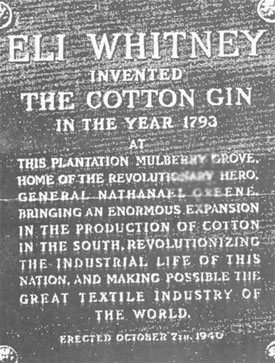
Mulberry Grove represents a time capsule of human occupation spanning 3,000 years. Many key events in the early history of Georgia and the United States occurred on the former plantation site known as Mulberry Grove. | Drag mouse over camera icon to view pictures.|
 1500 - 1733
1500 - 1733The Yamacraw tribe of Creek Indians inhabits the site.
 1733
1733Georgia is settled by colonists; General James Oglethorpe plans a bluff site for military outposts to protect Savannah and names the area Joseph's Town.
 1736
1736Scottish highlander officers John Cuthbert, Patrick Mackay and George Dunbar settle at Joseph's Town. To fulfill his obligations to develop land, Cuthbert brings over what are believed to be Georgia's first indentured servants.
1739
Cuthbert dies. His sister, Ann Cuthbert, inherits the land. She is possibly the first woman to inherit and hold land in Georgia.
 1740
1740Ann Cuthbert marries Dr. Patrick Graham, president of Georgia and later a member of the Royal Governor's Council. Dr. Graham grows mulberry saplings to sell to the colonists.
 1749
1749Dr. Graham begins to cultivate rice, using possibly the earliest slaves to arrive in Georgia.
1758
Dr. Graham dies. Mrs. Graham marries James Bulloch of South Carolina.
1764
Ann Cuthbert Graham Bulloch dies.
 1774
1774Royal Lieutenant Governor John Graham purchases Mulberry Grove and builds a new main house and supporting buildings.
1776
Revolutionary War: The Liberty Boys terrorize outlying plantations, forcing Graham to flee to England.
1783
Mulberry Grove is seized by the state of Georgia as a Loyalist property.
 1785
1785Mulberry Grove is awarded to Major General Nathaneal Greene of the Continental Army for his service in Georgia. Nearby Richmond Plantation is awarded to General Anthony Wayne.
1786
General Greene dies of sunstroke while visiting a neighbor.
 1791
1791President George Washington makes two visits to Mrs. Greene at Mulberry Grove.
 1793
1793Eli Whitney invents the cotton gin at Mulberry Grove.
1800
Major Edward Harden buys Mulberry Grove from Greene's widow.
1819
James Wallace purchases Mulberry Grove.
1840
Philip Ulmer purchases Mulberry Grove.
1856
Zachariah M. Winkler purchases Mulberry Grove, adding it to his Isla Island rice holdings.
 1863
1863Christmas Moultrie, last child born into slavery on Mulberry Grove, is born on Christmas Day.
 1864
1864Mulberry house and outlying buildings are burned by General William Tecumseh Sherman's army. Large agricultural efforts cease.
1938
State historic marker erected to commemorate Mulberry Grove.
 1940
1940U.S. Postal Service issues Eli Whitney stamps in Savannah. A tablet is erected at Mulberry Avenue and Augusta Road.
1957
Christmas Moultrie dies after living on Mulberry Grove and in the town of Monteith, Georgia.
1975
Winkler descendants sell Mulberry Grove to BASF-Wyandotte Corporation. Mulberry Grove is listed on the National Register of Historic Places.
1976
An archaeological assessment is conducted by the University of Florida.
1985
Mulberry Grove is sold to the Georgia Ports Authority.
—
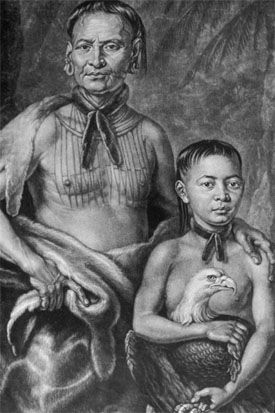
Chief Tomochichi of the Yamacraw
—
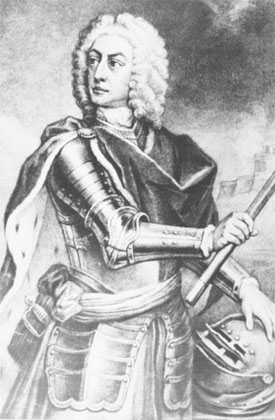
General James Oglethorpe
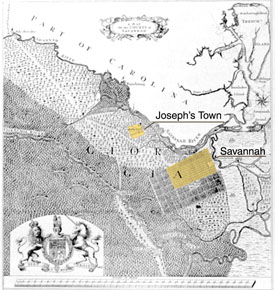
Map of Joseph's Town and
the city of Savannah
—
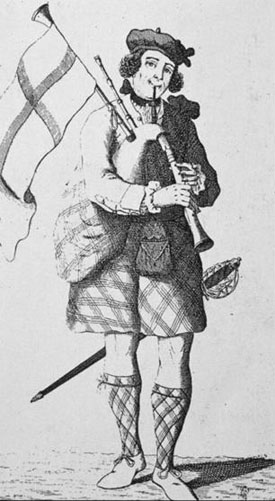
A Scottish Highlander
—
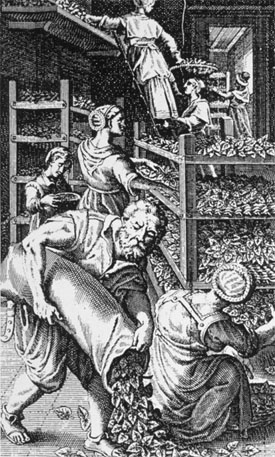
An illustration of silk production
Silk filament is a fiber produced by catepillars,
which feed on the
leaves of the mulberry tree.
—
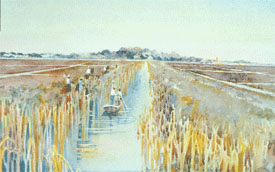
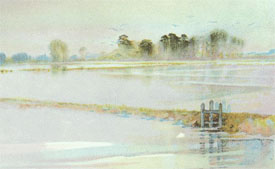
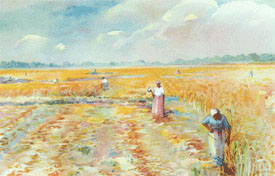
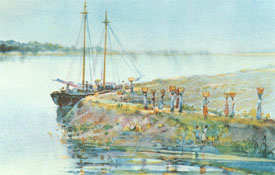
An illustration of rice agriculture, from planting to transport
—
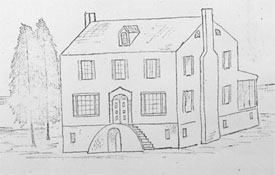
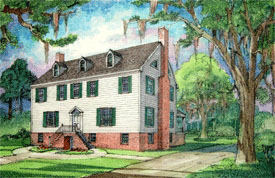
Images of the Mulberry Grove Plantation House, circa 1774
—
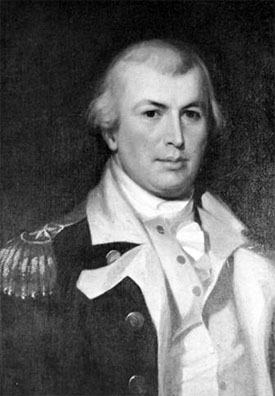
Major General Nathanael Greene
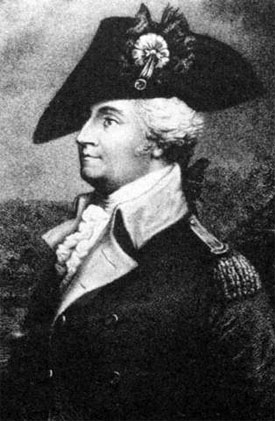
General Anthony Wayne
—
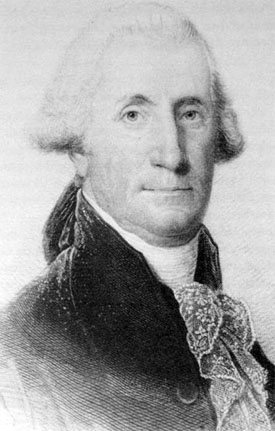
President George Washington
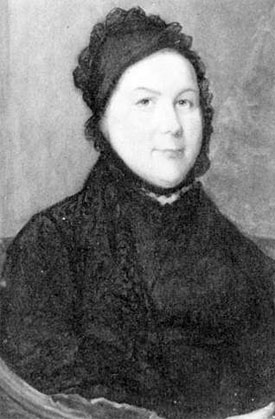
Catherine (Caty) Littlefield Greene
—
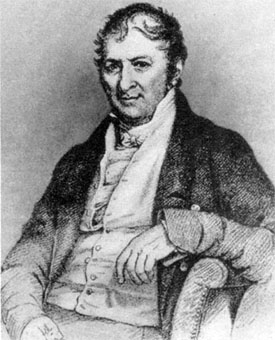
Eli Whitney
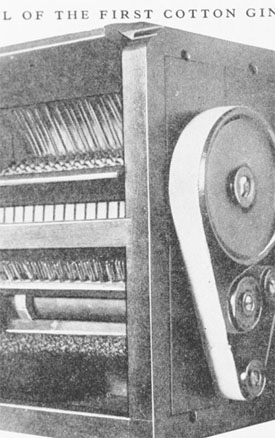
The cotton gin
—
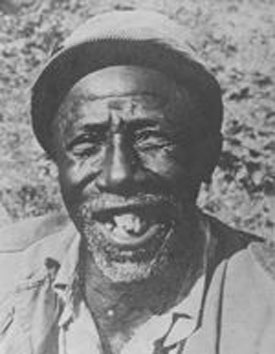
Christmas Moultrie
—
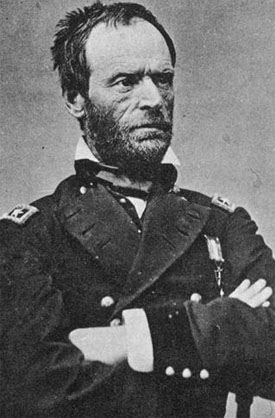
General William Tecumseh Sherman
—
